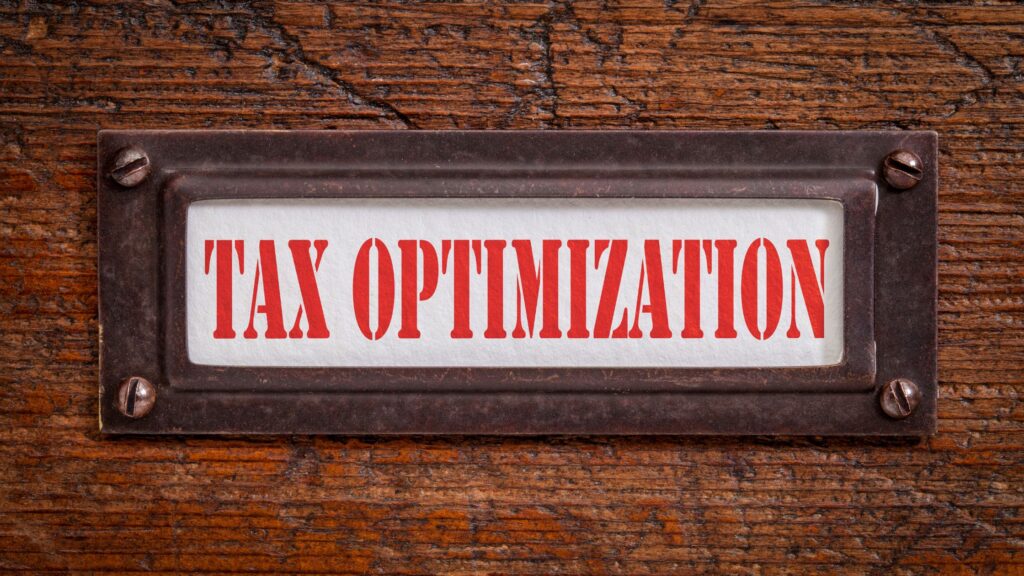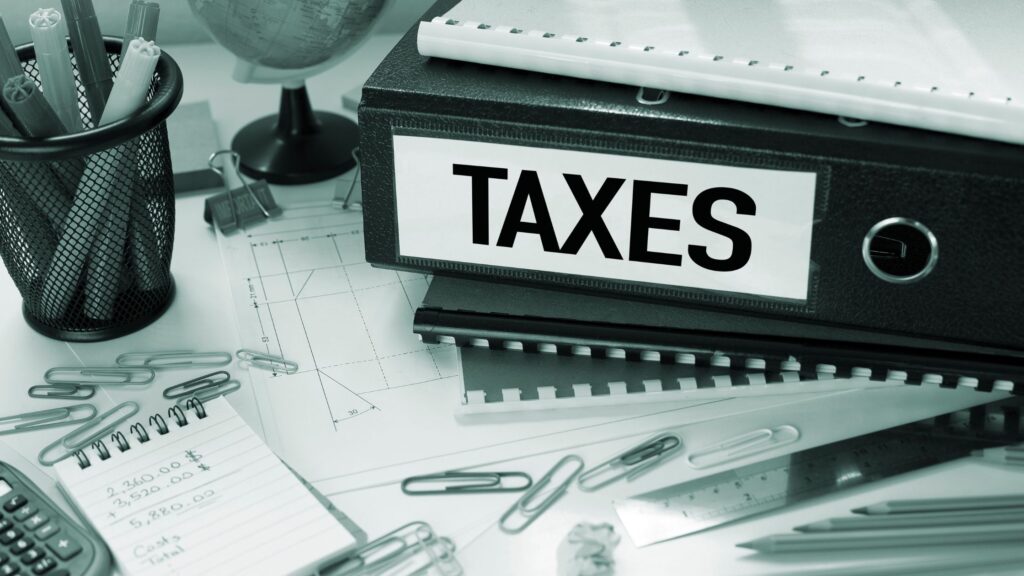For 1099 contractors, tax optimization is essential to maximizing earnings and minimizing liabilities. Unlike traditional employees, contractors are responsible for their own taxes, which include self-employment taxes, income taxes, and making estimated quarterly payments. Proper tax planning can significantly reduce the tax burden and allow contractors to keep more of their hard-earned money. This article explores key tax strategies for optimizing taxes as a 1099 contractor in 2025.

Table of Contents
ToggleHow 1099 Contractors Can Optimize Their Taxes
Tax optimization for 1099 contractors involves several strategies that help reduce taxable income and the overall tax burden. This includes taking advantage of available deductions, selecting the right business structure, and planning for quarterly tax payments. Through informed decisions and proactive planning, contractors can save significantly on their taxes.
By staying informed about tax laws and changes in 2025, 1099 contractors can adapt their strategies to maximize savings. Strategic investments in retirement accounts and effective record-keeping also play a key role in reducing liabilities.
Maximizing Deductions for Contractors
One of the primary ways to optimize taxes as a 1099 contractor is by leveraging tax deductions that are exclusive to self-employed individuals.
1) Home Office Deduction
If you use part of your home exclusively for business, you can deduct expenses like rent, utilities, and insurance. The deduction amount is based on the percentage of your home used for business activities.
2) Vehicle Expenses
When using your vehicle for business, you can deduct related costs such as mileage, fuel, maintenance, and insurance. You may choose between the standard mileage rate or actual expenses to calculate the deduction.
3) Health Insurance Premiums
Self-employed contractors can deduct 100% of their health insurance premiums, including dental and long-term care. This deduction lowers taxable income and reduces overall tax liability.
4) Retirement Contributions
Contributing to retirement plans like SEP IRAs or Solo 401(k)s not only secures your future but also reduces taxable income. Higher contribution limits for self-employed individuals provide significant tax-saving opportunities.
5) Business Expenses
Expenses necessary for business operations are deductible, including office supplies, software, and professional services. These deductions help reduce taxable income and offset business-related costs.
These deductions can help contractors reduce taxable income and lower tax liability. For maximum savings, consult a tax professional to ensure you’re optimizing all available opportunities. Learn more about Proactive Tax Planning.
The Importance of Business Structure in Tax Optimization
Choosing the right business structure is key to tax optimization. While sole proprietorships are common, options like the S Corporation can offer tax benefits by reducing self-employment taxes on profits.
A) S Corporation
By electing S Corporation status, only the salary paid to the contractor is subject to self-employment taxes. Any distributions taken as profit are not subject to these taxes, potentially saving a significant amount. This structure can be especially beneficial for higher-income contractors.
B) LLC vs. Sole Proprietorship
While a sole proprietorship is the simplest business structure, it offers no liability protection. An LLC, on the other hand, provides personal liability protection while still allowing you to report taxes as a sole proprietor or S Corporation. Choosing an LLC could protect your personal assets while optimizing taxes.
Selecting the right structure can lead to tax savings and better financial security. Consider your options carefully to optimize both taxes and liability protection.

Quarterly Tax Payments and Withholding
As a 1099 contractor, you are responsible for making quarterly estimated tax payments. These payments cover your income and self-employment taxes and are due four times a year. Failure to make these payments can result in penalties and interest, so it’s crucial to plan ahead.
To avoid underpayment penalties, it’s recommended to set aside approximately 30% of your income for taxes. Tracking income and expenses regularly will allow you to estimate how much you should be saving for each quarterly payment. If your income varies, consider adjusting your quarterly payments to ensure you are staying on track with your tax obligations.
Retirement Planning for Tax Savings
In addition to providing financial security for your future, retirement contributions can also help reduce your current tax burden.
- Solo 401: Offers the highest contribution limits, allowing you to contribute both as an employee and employer.
- SEP IRA: Provides high contribution limits and is easier to set up and maintain than other retirement plans.
- SIMPLE IRA: A good option for those who have employees, as it allows both employer and employee contributions.
Each retirement plan offers unique benefits depending on your business needs. Choose the one that best aligns with your goals and consult a financial advisor to make the most of your contributions.
Record-Keeping and Documentation
Effective tax optimization requires thorough record-keeping and documentation. Keeping detailed records of your income and expenses ensures that you claim all possible deductions and credits. Using accounting software or working with a tax professional can help track everything accurately. Good record-keeping also ensures you have the necessary documentation in case of an audit.
It’s essential to save receipts, invoices, and any other documents that support your tax deductions. Properly categorizing expenses and keeping records organized will save you time during tax season and allow you to optimize your tax situation effectively.

Conclusion
Tax optimization is an essential strategy for 1099 contractors who want to minimize their tax liabilities and maximize their take-home income. By understanding available deductions, choosing the right business structure, making quarterly tax payments, and contributing to retirement accounts, contractors can significantly reduce their tax burden.
For personalized assistance with your tax optimization strategy, consider consulting with the experts at Freedomfolio. Our team can provide tailored guidance to help you navigate the complexities of taxes as a 1099 contractor.





